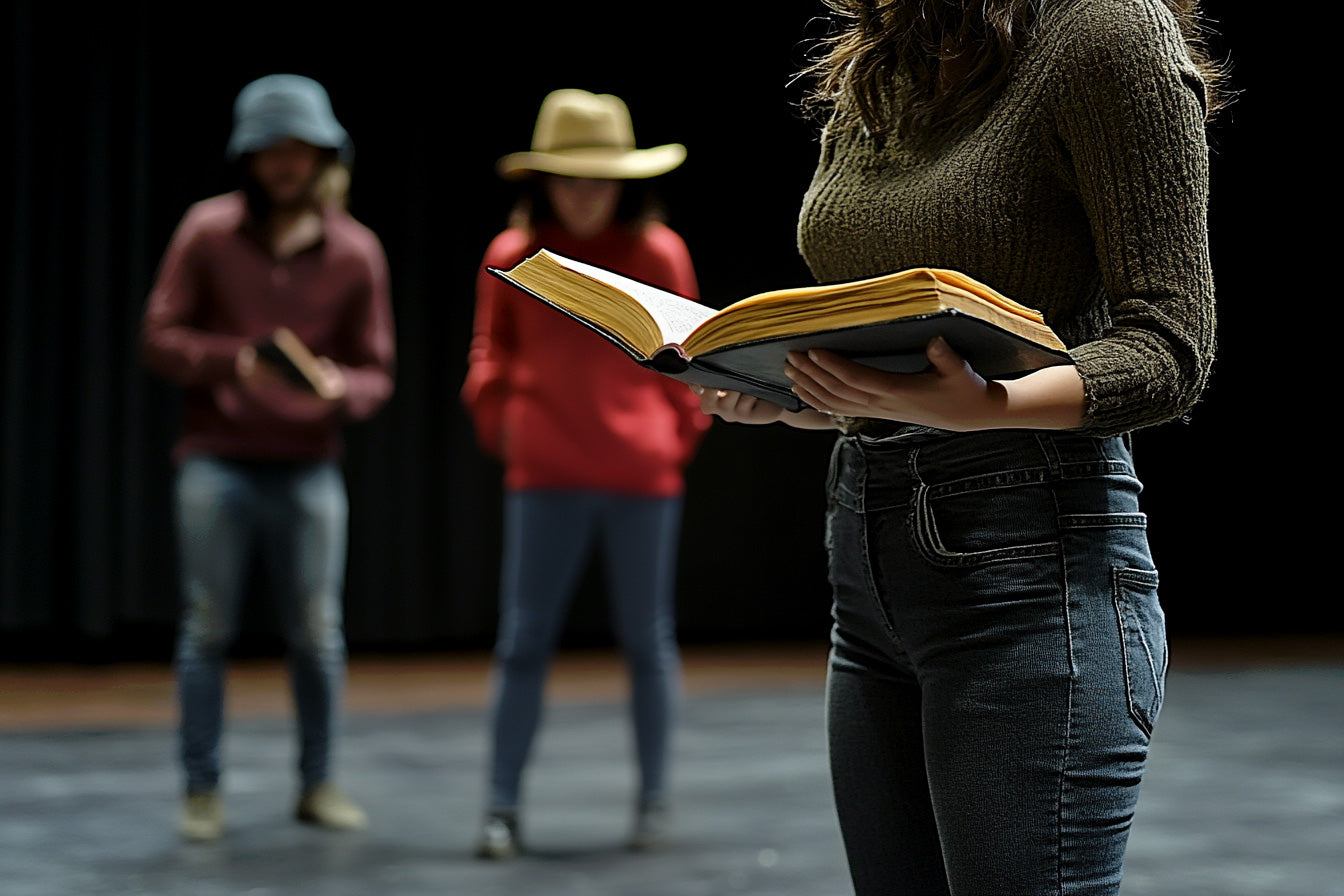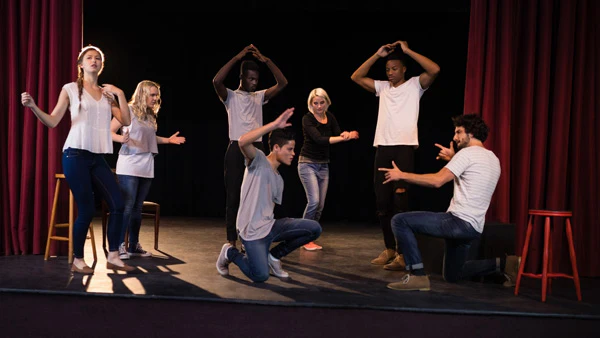Purpose
This is an entertaining and creative exercise which can serve a variety of purposes. You can use it for subjects such as story making, storytelling, communication skills, acting and creative writing. You can also use it in a course on public speaking to get delegates practice making stories which they can then utilise in a speech.
The activity is designed to engage everyone at all times, so each member of the group is ultimately involved in all tasks while reducing the total length of the exercise. This shared experience helps delegates examine the subject from multiple angles and feel that they have contributed to all the stories developed in this exercise.
Objective
Designs characters, create a conversation and then act it out.
What You Need
- Papers
Setup
- Divide the delegates to three roughly equal groups.
- There are three parts in this exercise.
Part 1:
- Ask each group to design two characters. Each group should first imagine the characters and discuss it amongst them. To get inspired, ask them to think of random people they saw in the city. For example someone sitting in a café or someone who works in a train station. It is best not to think of a specific person when designing the characters so that the group can be more creative with the characters.
- Ask each group to write two character sketches using a narrative description. Each sketch should state who the character is without having the character say or do something.
- Each sketch should not be more than an A4 paper.
- Allocate 20 minutes for this part.
Part 2:
- Ask each group to pass their sketch to the group on their left.
- Ask groups to study the sketches to fully understand what the original group has designed. Groups should not exchange any information with each other apart from what is in the sketches.
- Explain that in this part, each group should use the two characters and place them in a scene. They should then write a dramatic conversation that is exchanged between the two characters. In this scene, both characters have a secret but they do not reveal their secrets to each other or to the reader/viewer.
- Ask groups to write the conversation neatly on no more than two A4 papers.
- Allocate 20 minutes for this part.
Part 3:
- Ask each group to pass their conversation but not the sketches to the groups on their left. This is the third group which has not participated in either the character design or the making of that specific conversation.
- Ask each group to review the conversation given to them and then select two people in their group to role-play the conversation for the whole class.
- Allocate 10 minutes for groups to get ready for this part.
- Ask each group to present their conversations. Groups should do the best to vocally act out the conversation so all emotions and expressions are present. Optionally, you can ask them to physically act out the scene, walking around if necessary or perhaps even using improvised props.
- Allocate 5 minutes for each conversation presentation.
- Follow each conversation by asking delegates to comment on the character design, the conversation design and the acting. Provide feedback as necessary.
- Allocate 5 minutes for discussions on each conversation.
- Follow with a general discussion.
Timing
Explaining the Exercise: 5 minutes
Activity: 20 min part 1 + 20 min part 2 + 5 min * 3 presentations part 3 + 5 min * 3 discussions part 3 = 70 minutes
Group Feedback: 10 minutes
Discussion
What did you think of the process of character design? How did you find the process of making up a conversation based on pre-defined characters? How did you find the acting? What do you think of the general creative process and where would you plan to use this?
Soft Skills Training Materials
Get downloadable training materials
Online Train the Trainer Course:
Core Skills
Learn How to Become the Best Trainer in Your Field
All Tags
Training Resources for You

Course Design Strategy
Available as paperback and ebook

Free Training Resources
Download a free comprehensive training package including training guidelines, soft skills training activities, assessment forms and useful training resources that you can use to enhance your courses.

Our Comprehensive Guide to Body Language

Train the Trainer Resources
Get Insights - Read Guides and Books - Attend Courses
Training Materials
Get downloadable training materials on: Management Training, Personal Development, Interpersonal Development, Human Resources, and Sales & Marketing














Leave a comment
All comments are moderated before being published.
This site is protected by hCaptcha and the hCaptcha Privacy Policy and Terms of Service apply.